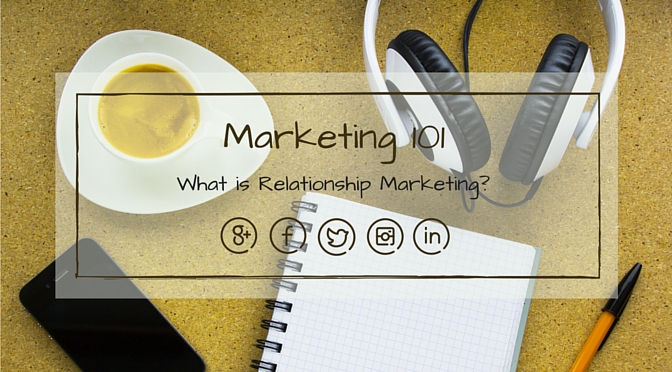
According to business authors Emmett C. Murphy and Mark A. Murphy, a new customer can cost five times an existing customer. This means that retaining existing customers can be vital for a business and that its final goal should be to transform new customers into returning ones. This is why relationship marketing has become so important when planning a marketing strategy.
But what exactly is relationship marketing?
We refer to relationship marketing when a business’ aim shifts from concluding transactions to developing long-term customer relationships. This business is now adopting an interactive marketing approach because selling product A to a new customer has proven less profitable than having that acquired customer buy product B.
Interaction (beyond transaction) with customers enhances the feeling that customers have towards the business they are buying from and reinforces the tie between the two. Customers are then easily persuaded into buying again.
The development of relationships should be extended to all the players involved in the transactions of goods and services, like suppliers, employees, influence markets,…
And how is this done?
The key to an effective relationship marketing is the integration of customer service, quality assurance and marketing. Loyal customers remain so only if their customer experience is satisfactory, if they feel represented by the brand and listened to as valued consumers.
With the increased expansion of social media, the customer has found a new active role within the market for businesses are constantly addressing their loyal consumers in the hope to obtain more information as possible to create a tailor-made experience that adds value to their relationship.
In this way, it becomes obvious that the final component of relationship marketing is branding and how customers perceive the brand.